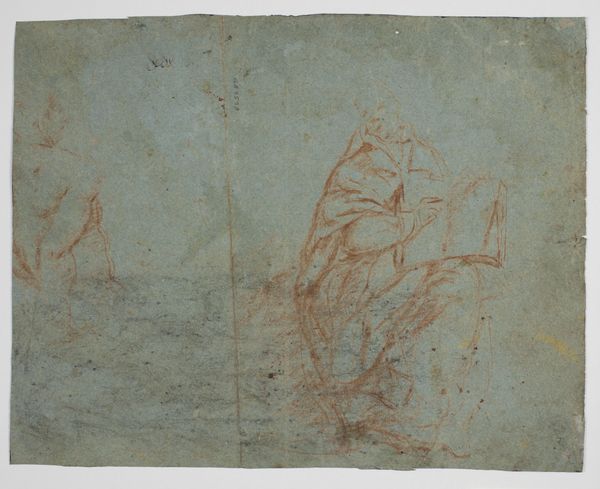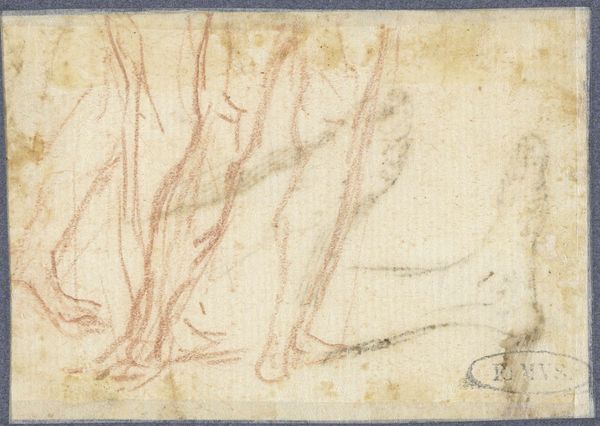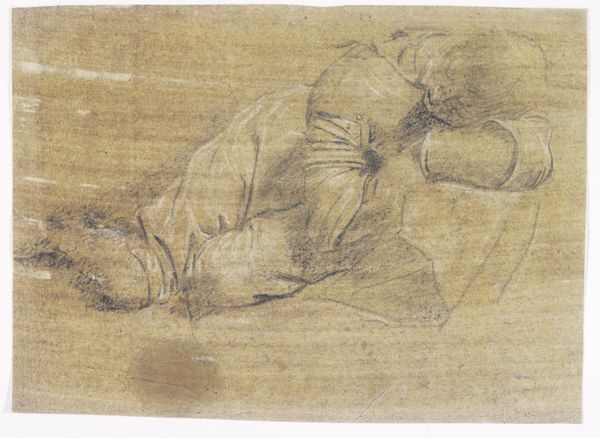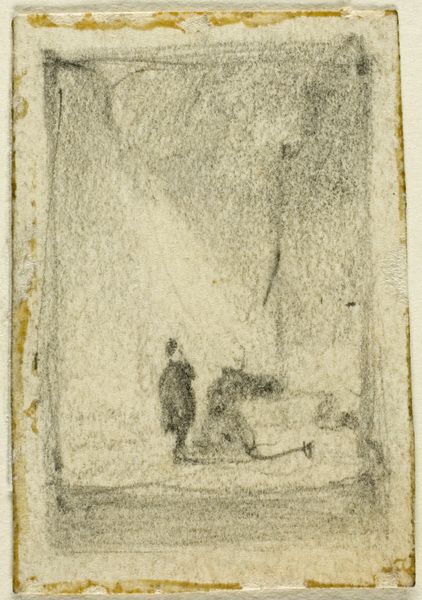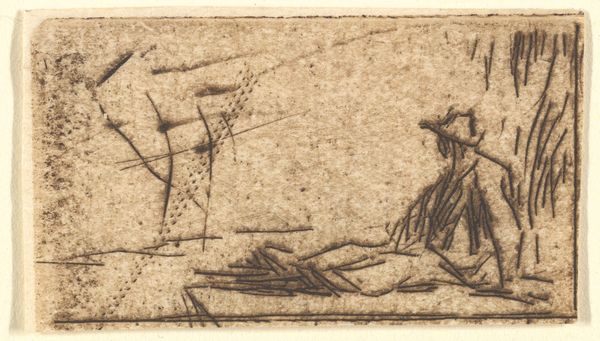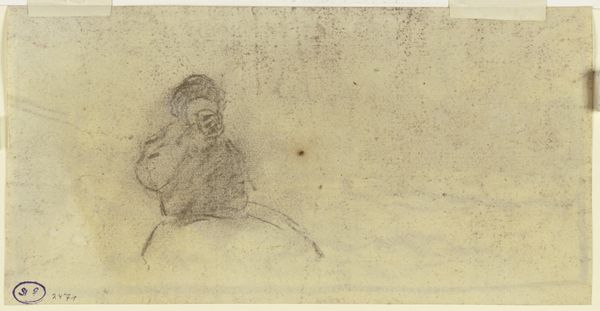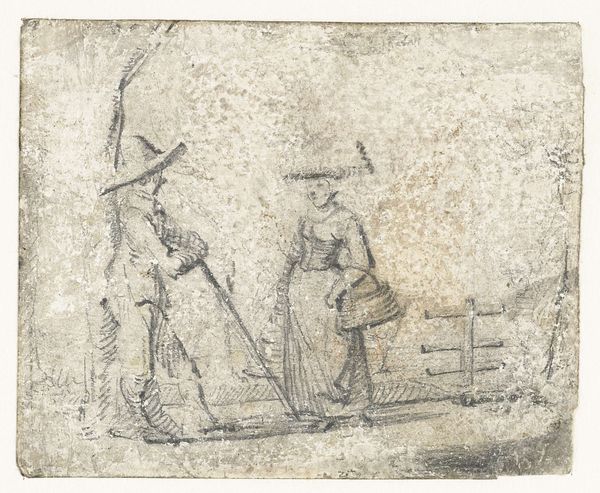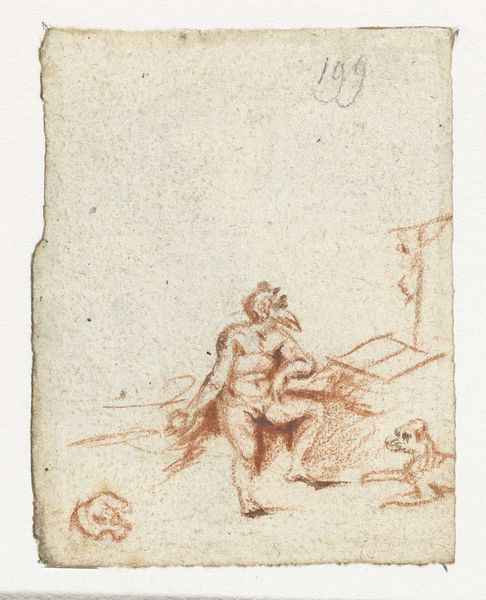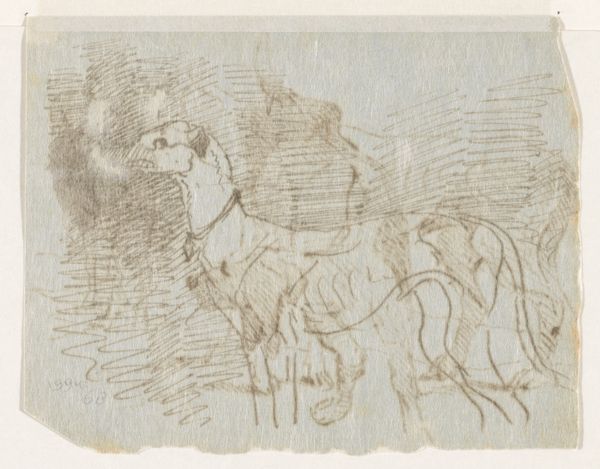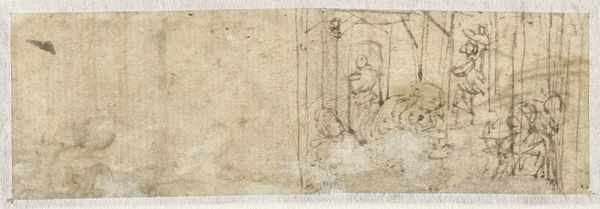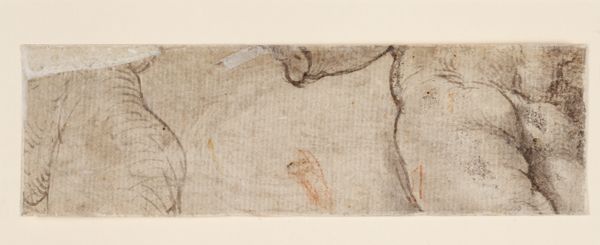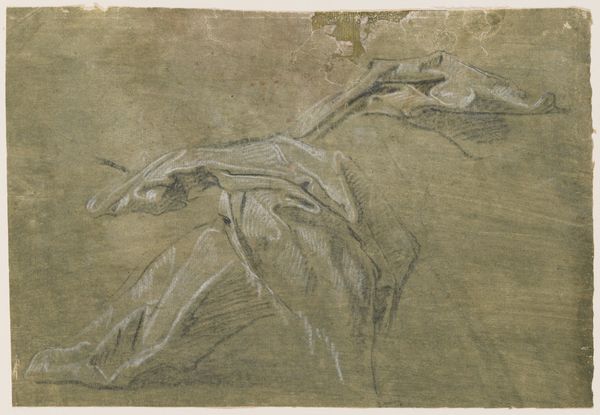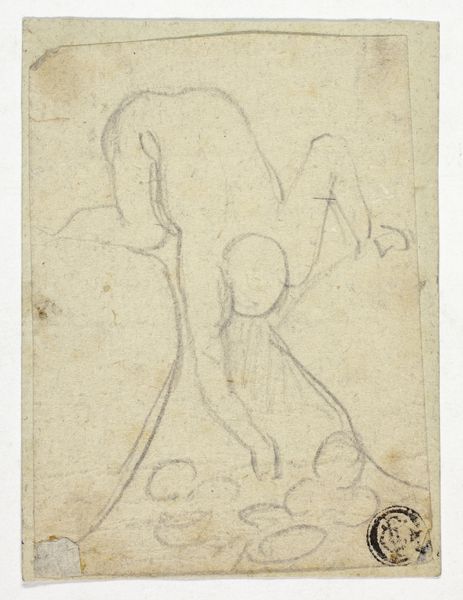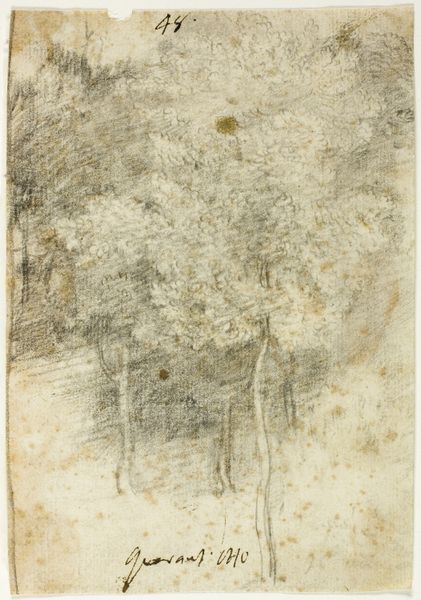
drawing, print
#
drawing
# print
#
landscape
#
figuration
#
genre-painting
Dimensions: sheet: 1 x 1 5/8 in. (2.5 x 4.1 cm)
Copyright: Public Domain
Editor: This intriguing print, called "Seated Peasant" by Jean-François Millet, dating from around 1830 to 1875, gives the impression of quiet solitude. The figure seems very small against the landscape, a little forlorn perhaps. What can you tell me about it? Curator: It’s crucial to understand Millet's broader social context. This work emerges during a time of increasing industrialization, when rural life was romanticized yet also under threat. How does Millet portray the peasant here, do you think? Editor: Hmm... She looks rather grounded. And although alone, almost self-sufficient and connected to the land. It’s definitely not some grand, heroic depiction. Curator: Precisely! This understated portrayal is very deliberate. Millet challenges the established artistic preference for glorifying upper classes. He dignifies labor and reveals the common humanity of rural folk. It is a shift away from history painting to a genre rooted in everyday life. It validates the existence and importance of the peasantry within a rapidly changing society. Editor: I see. So, it is not just a scene, but also a political statement about visibility? Curator: Yes, it encourages a shift in perspective. By depicting the ordinary existence of peasants, Millet’s work compels the viewer to acknowledge their presence and consider their social contribution. The print enters a public discourse of labor and economic realities during a time of immense social upheaval. How does this revised understanding influence your perception of the artwork? Editor: It completely changes the emotional weight of the image! It is less about solitude and more about steadfastness. Thanks. Curator: It’s a privilege to rethink familiar images, isn't it? To reveal those unseen social scripts that shape artistic interpretation.
Comments
No comments
Be the first to comment and join the conversation on the ultimate creative platform.
